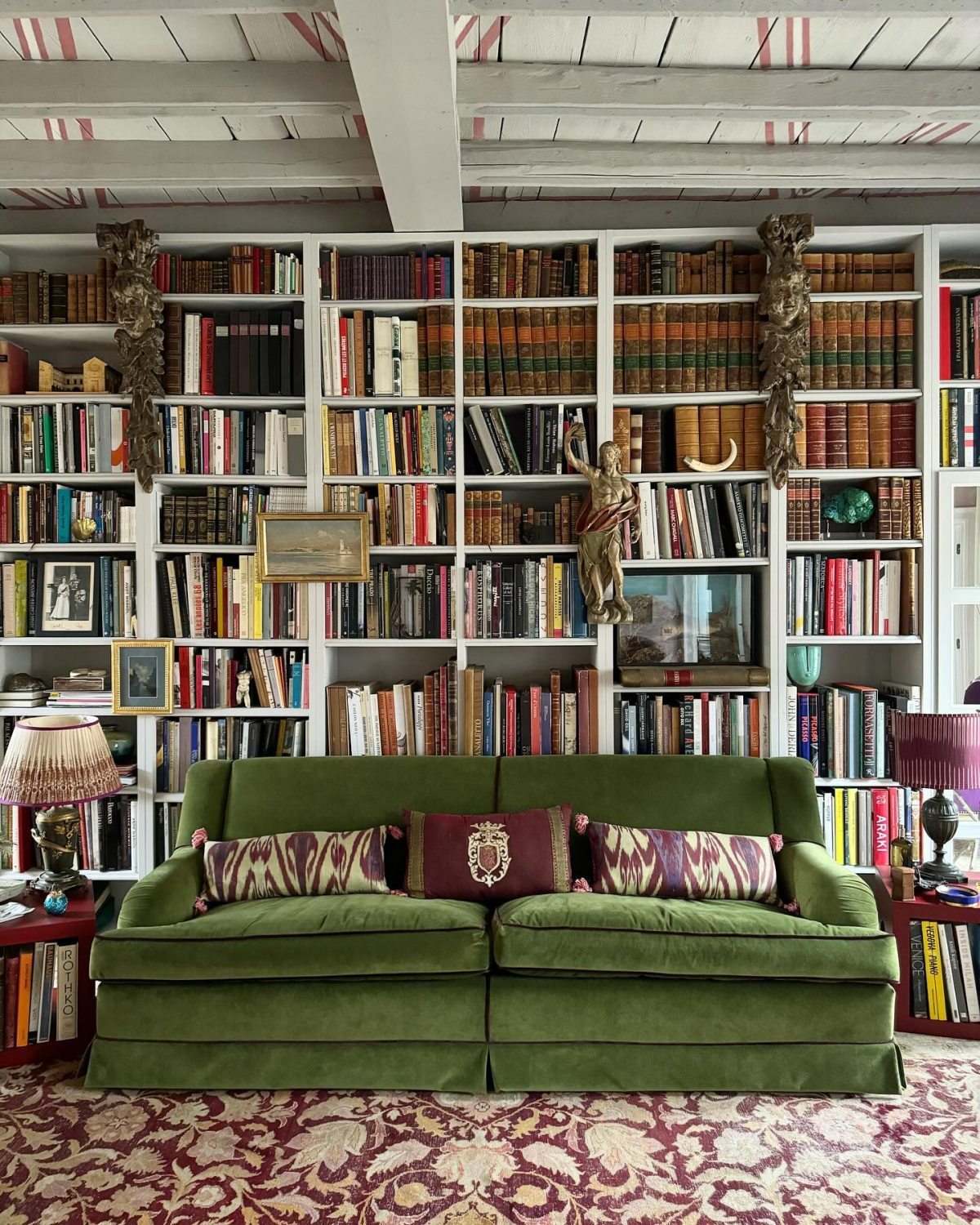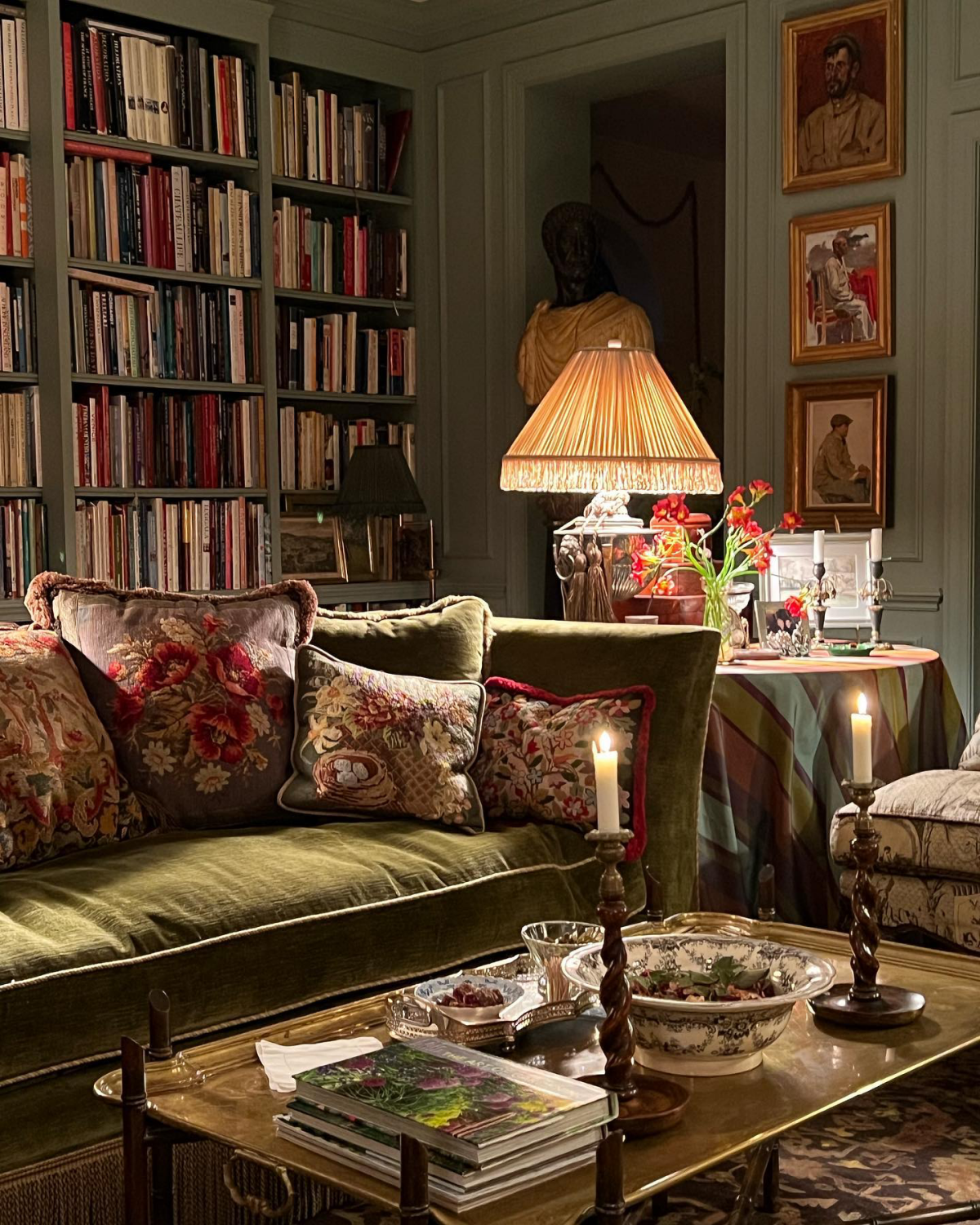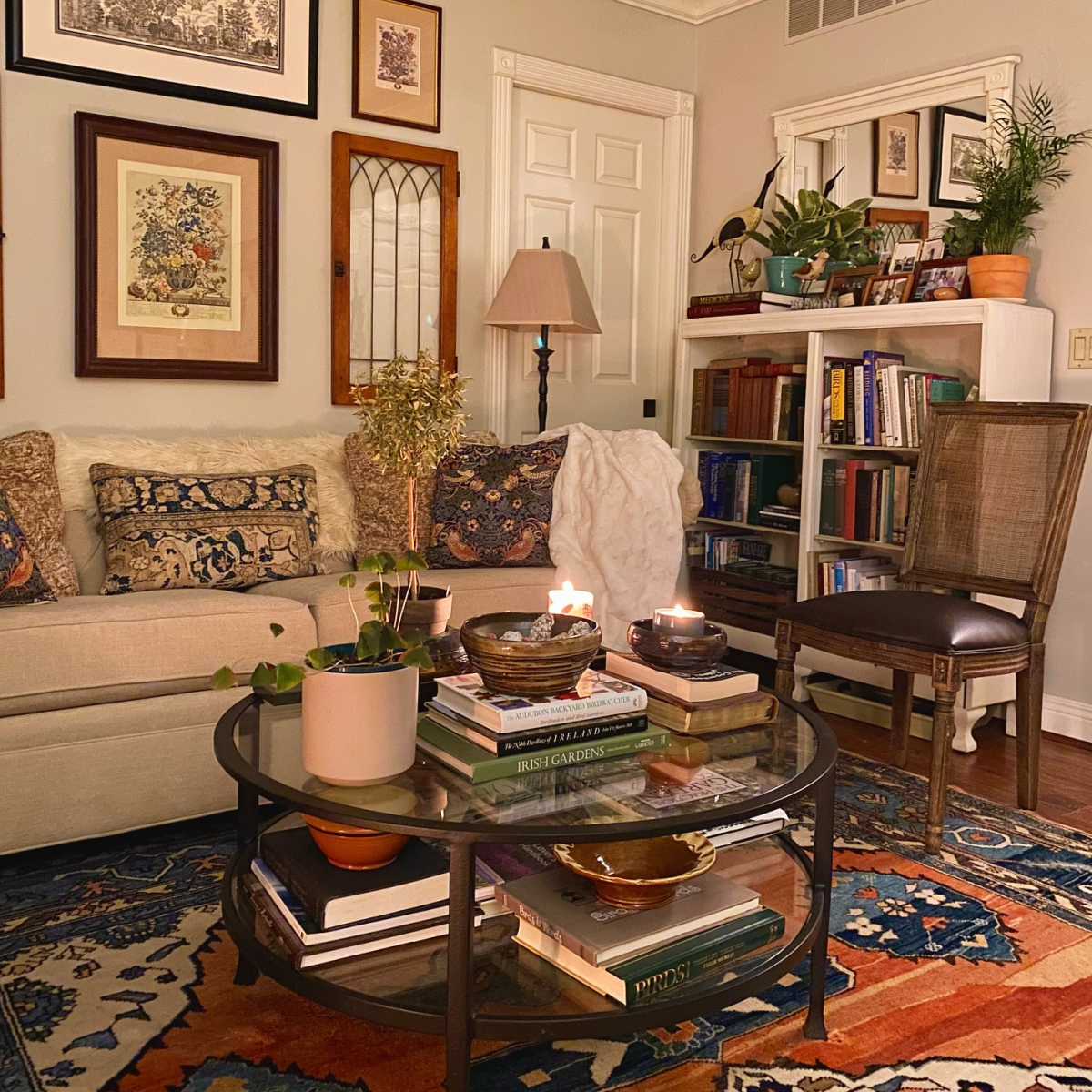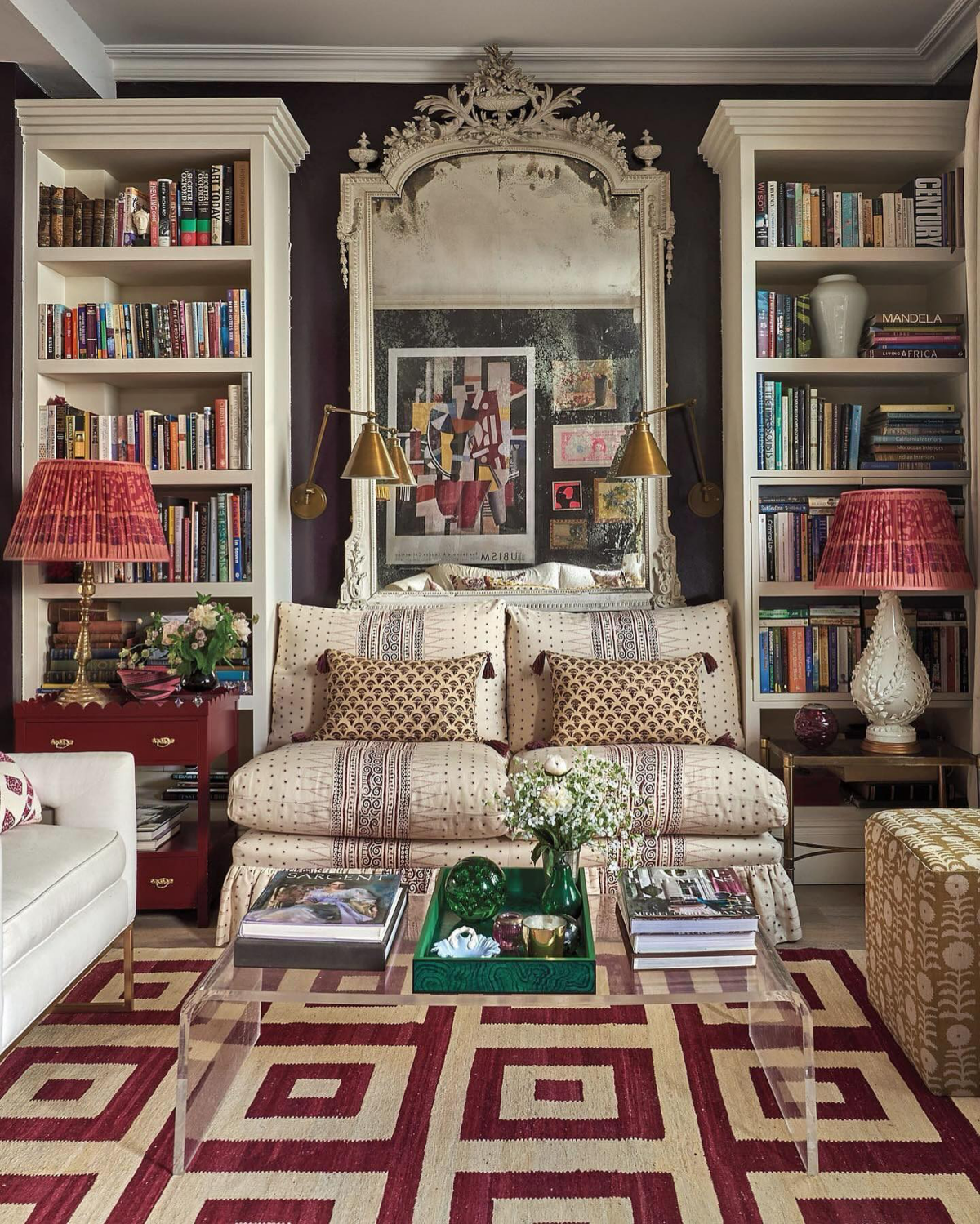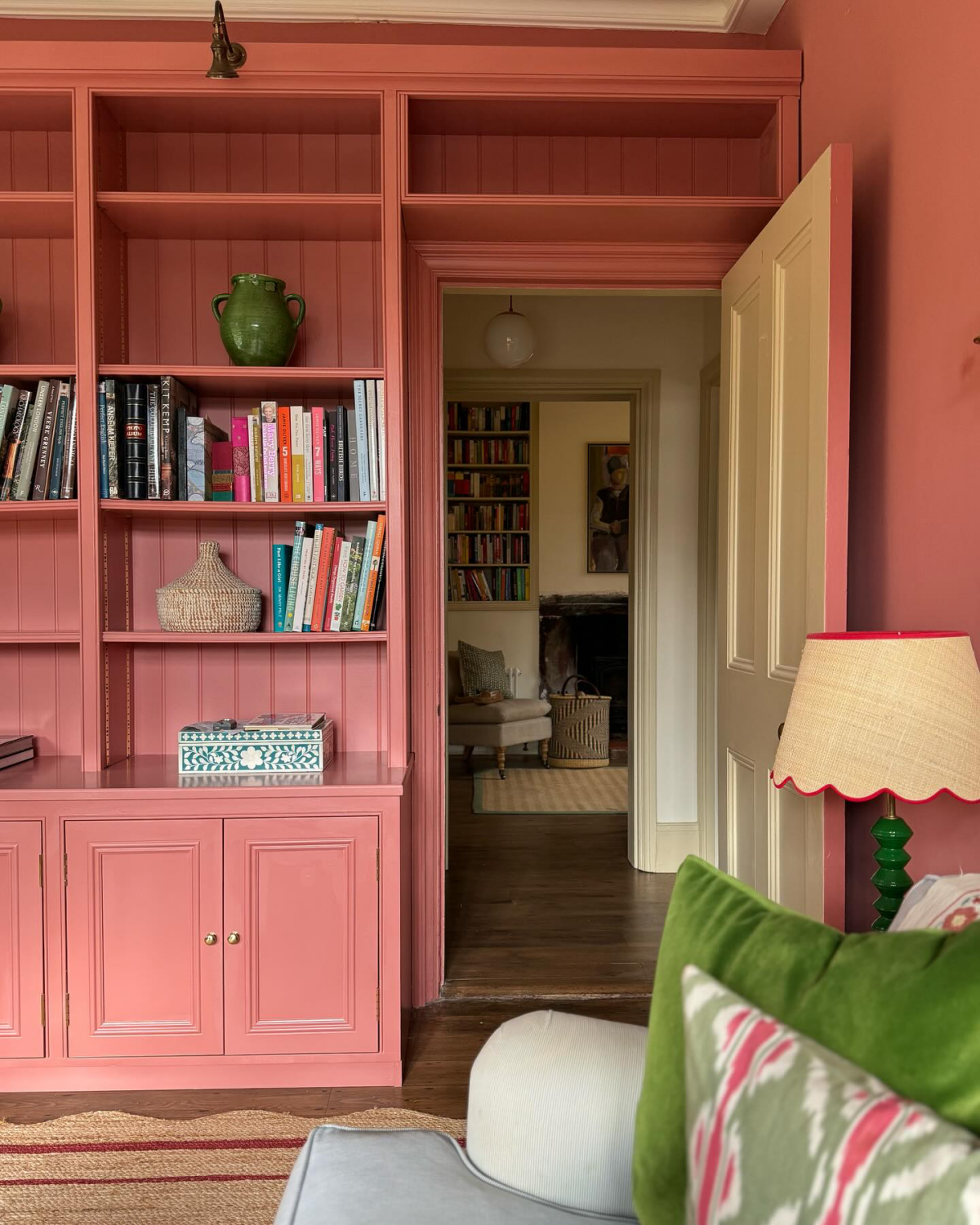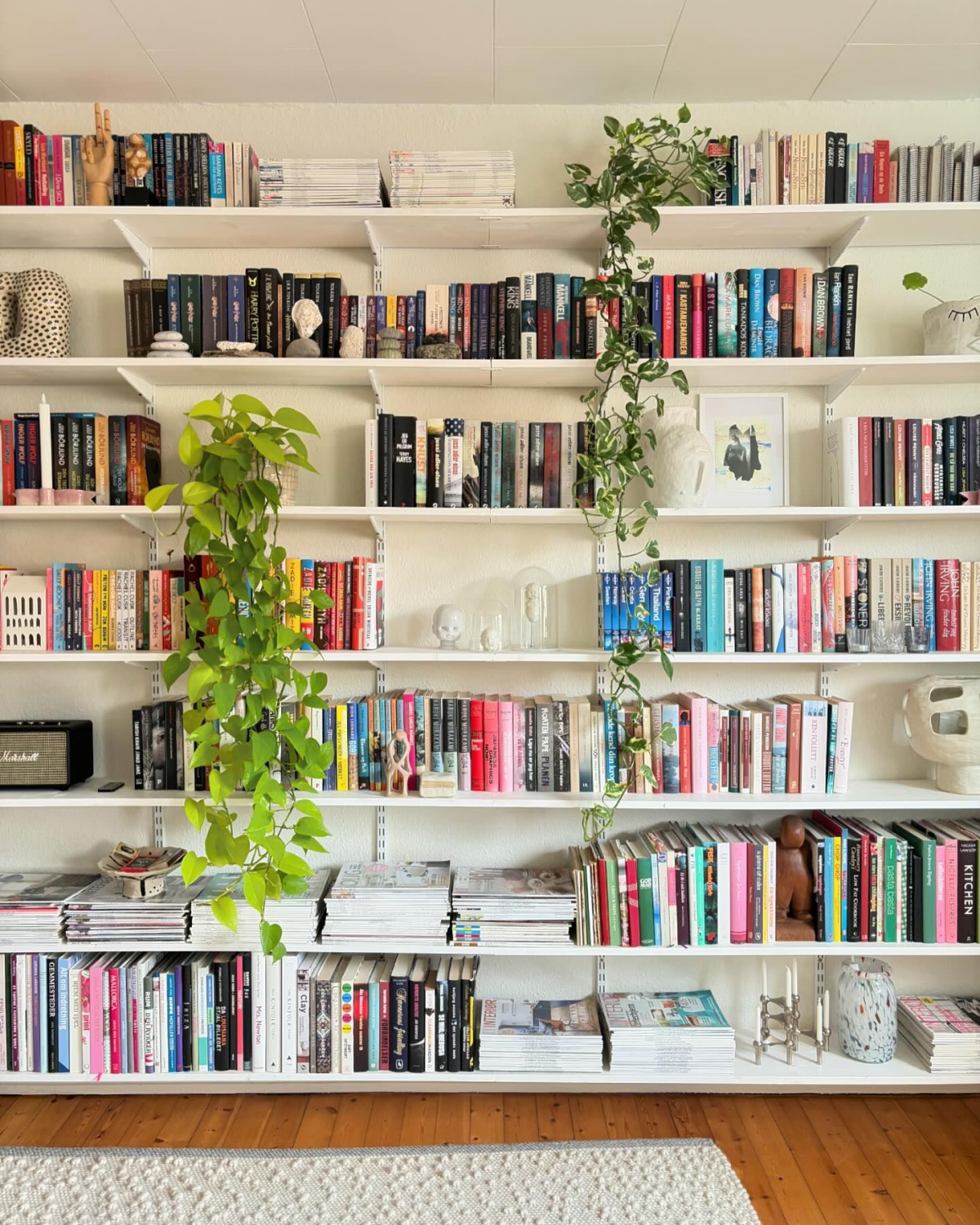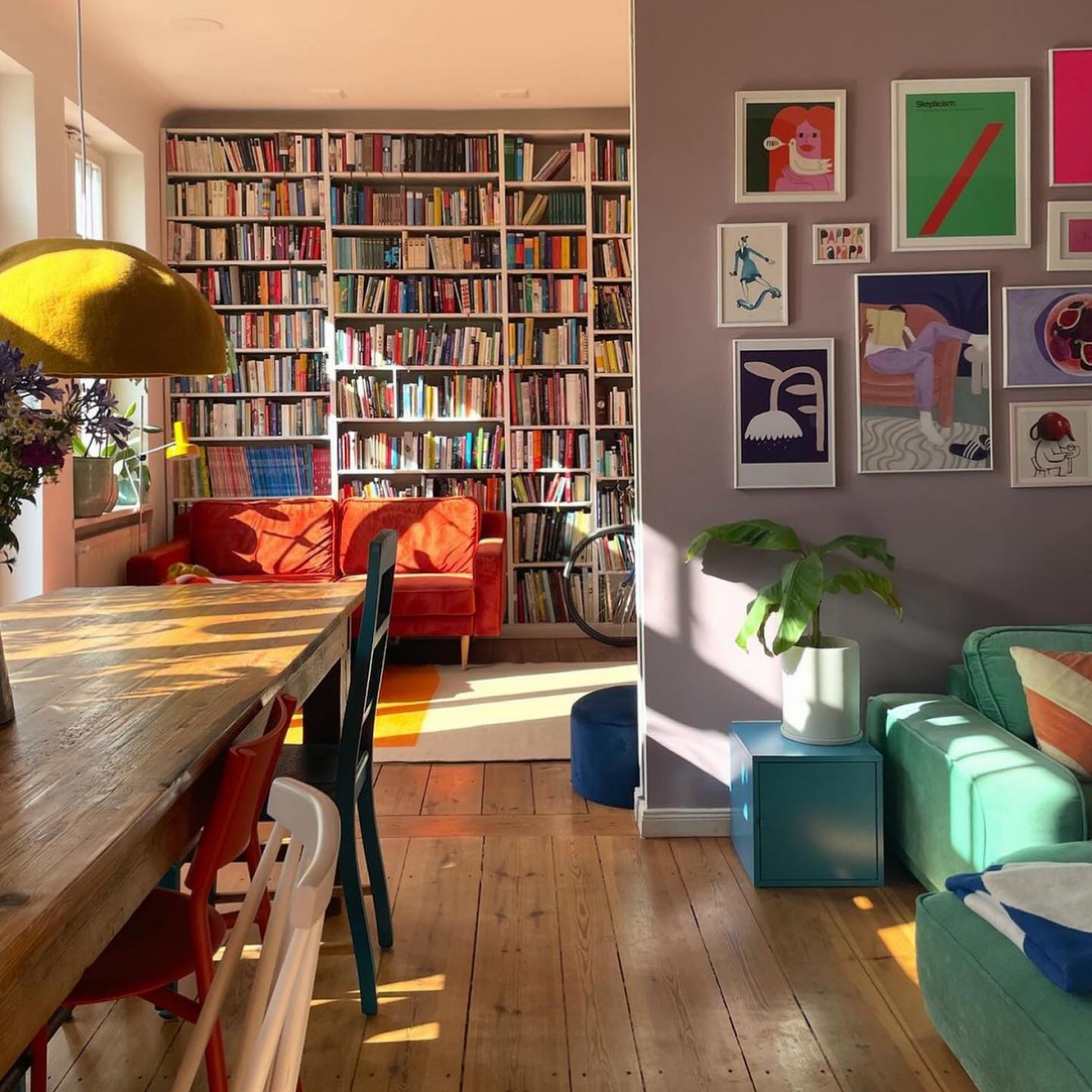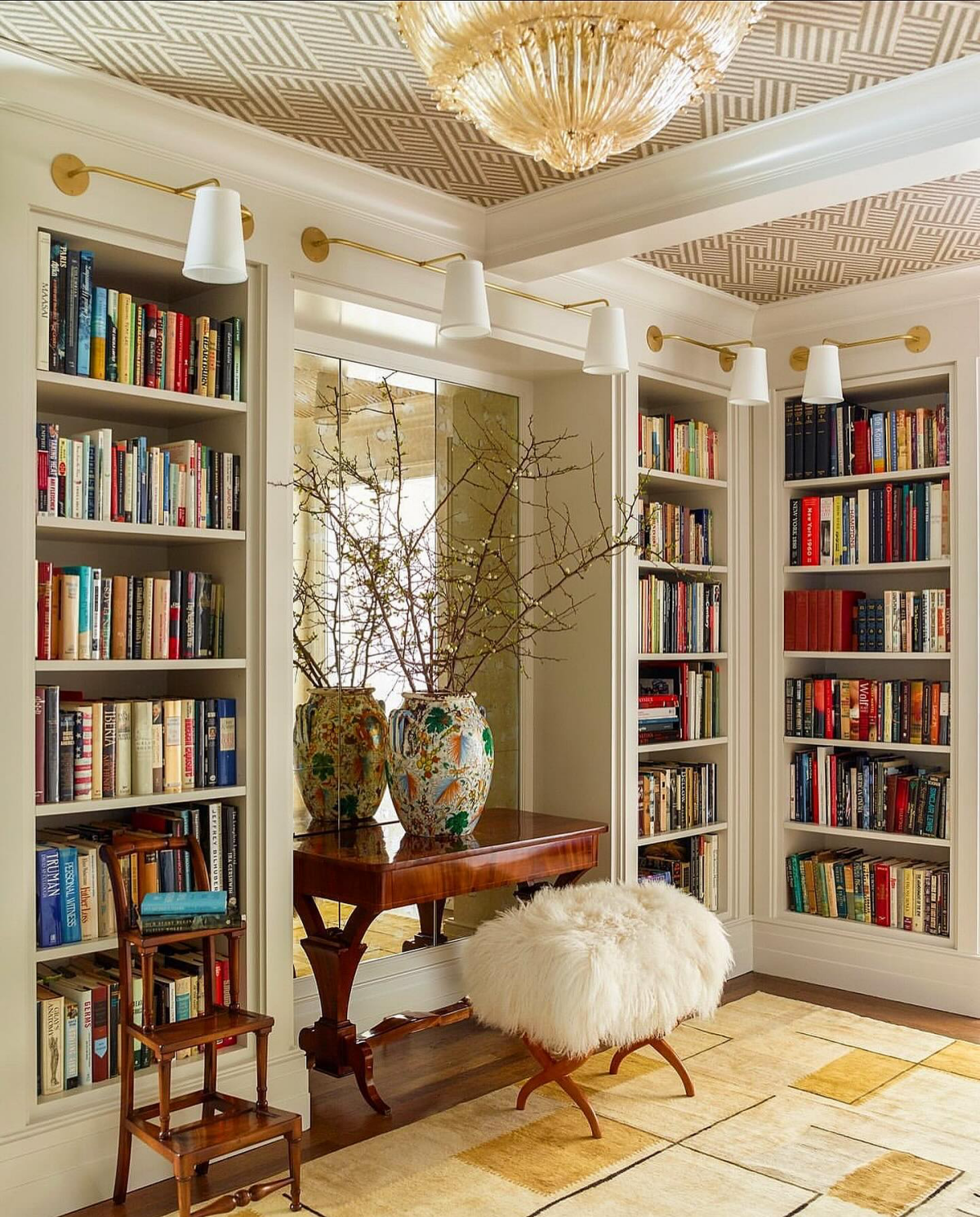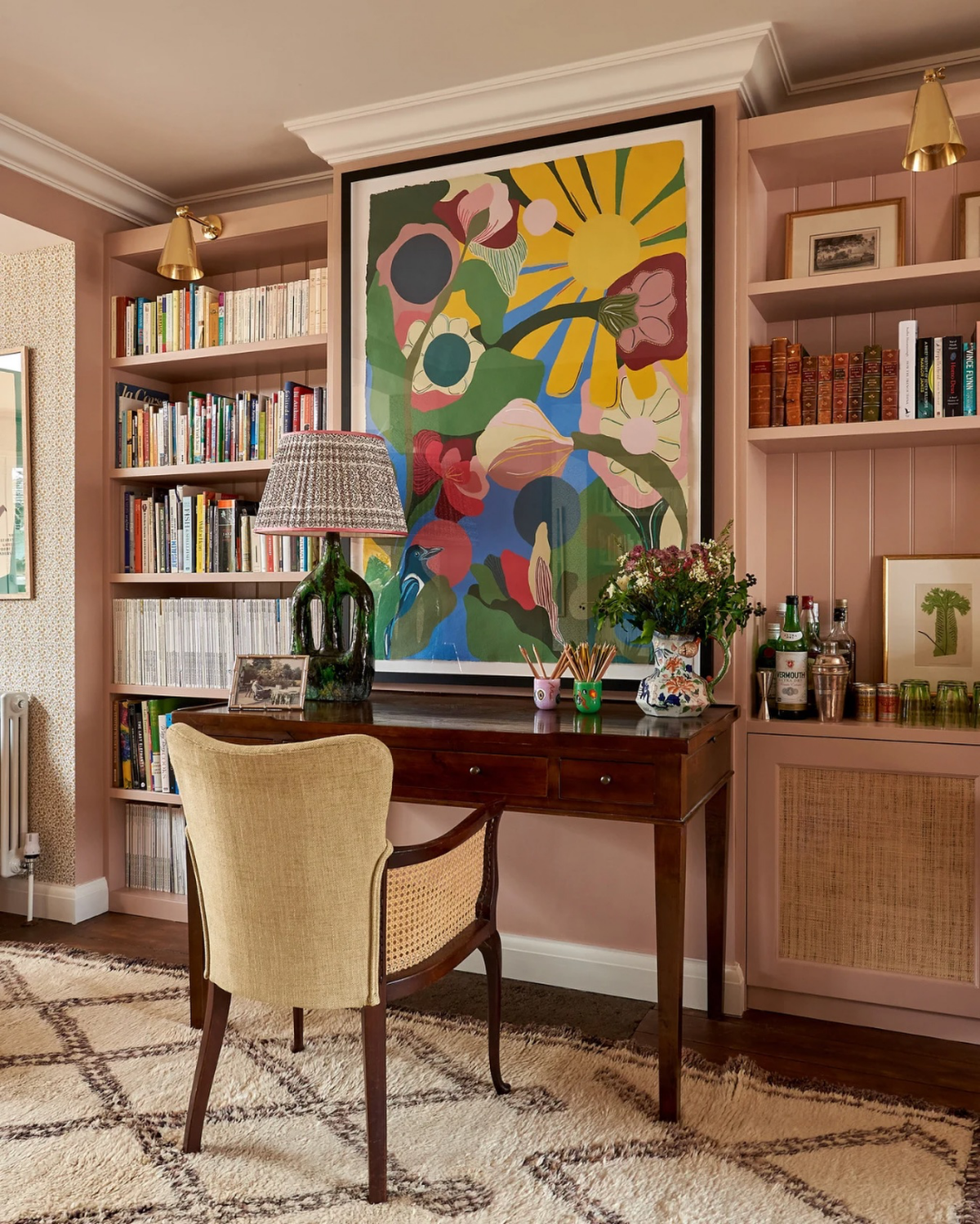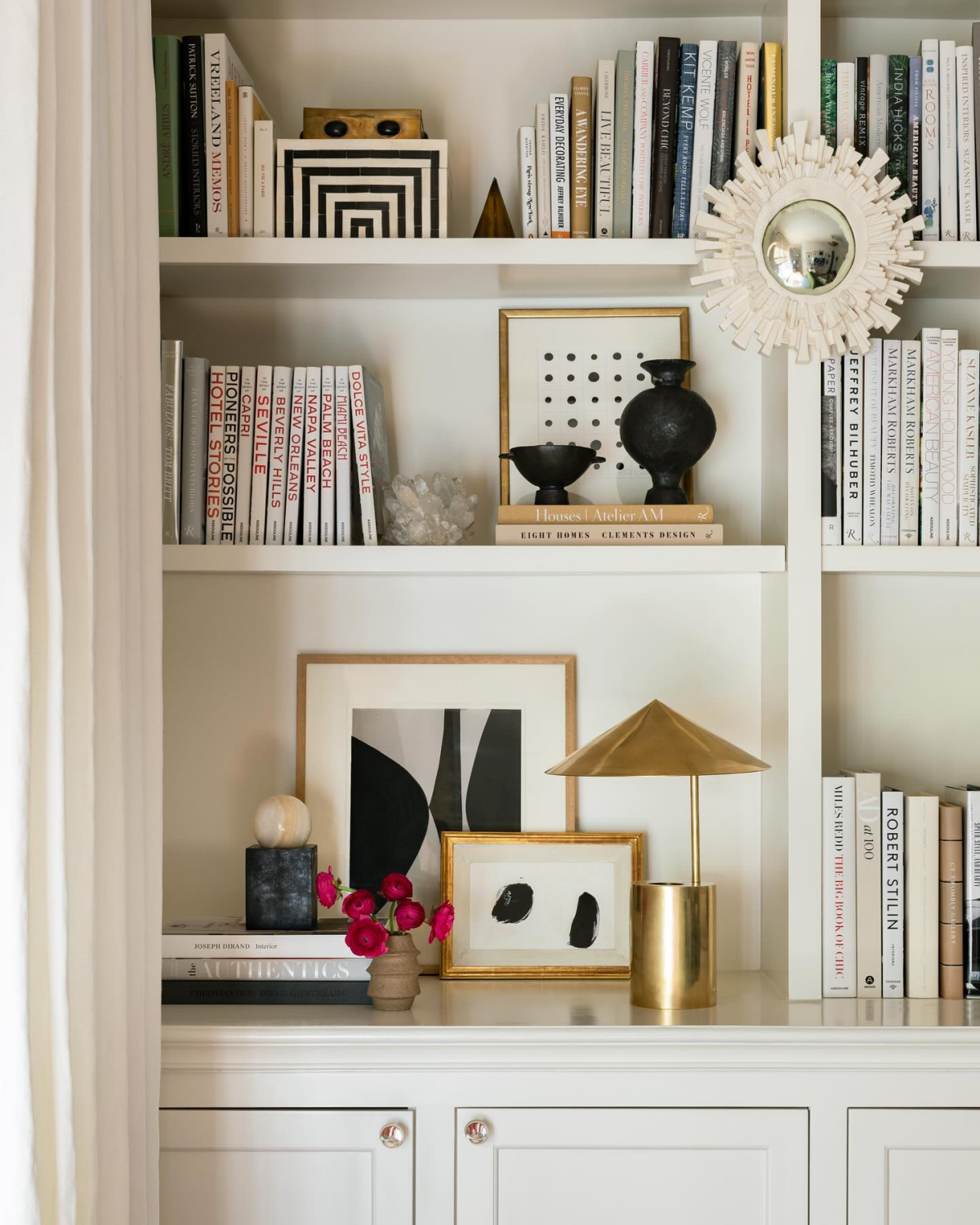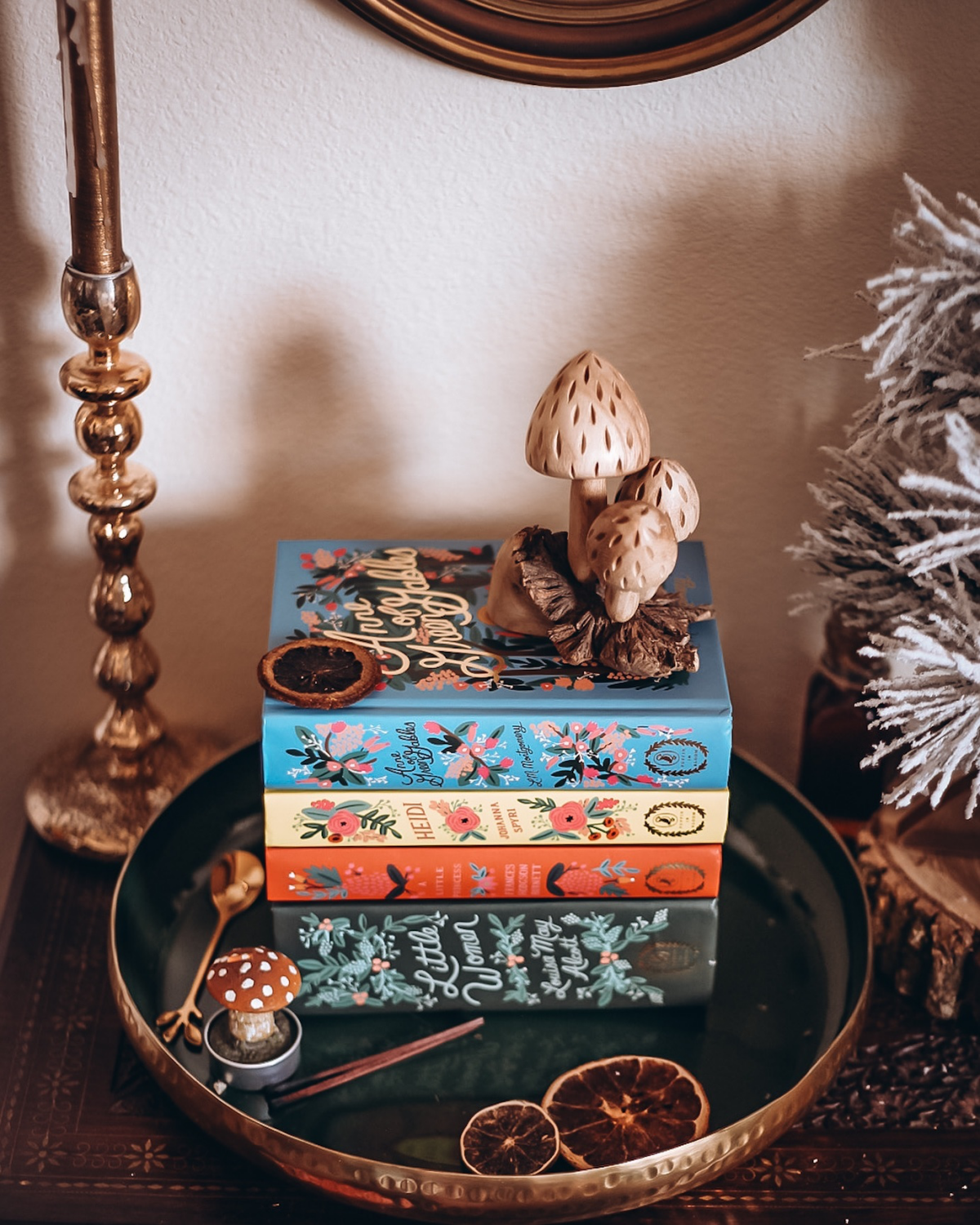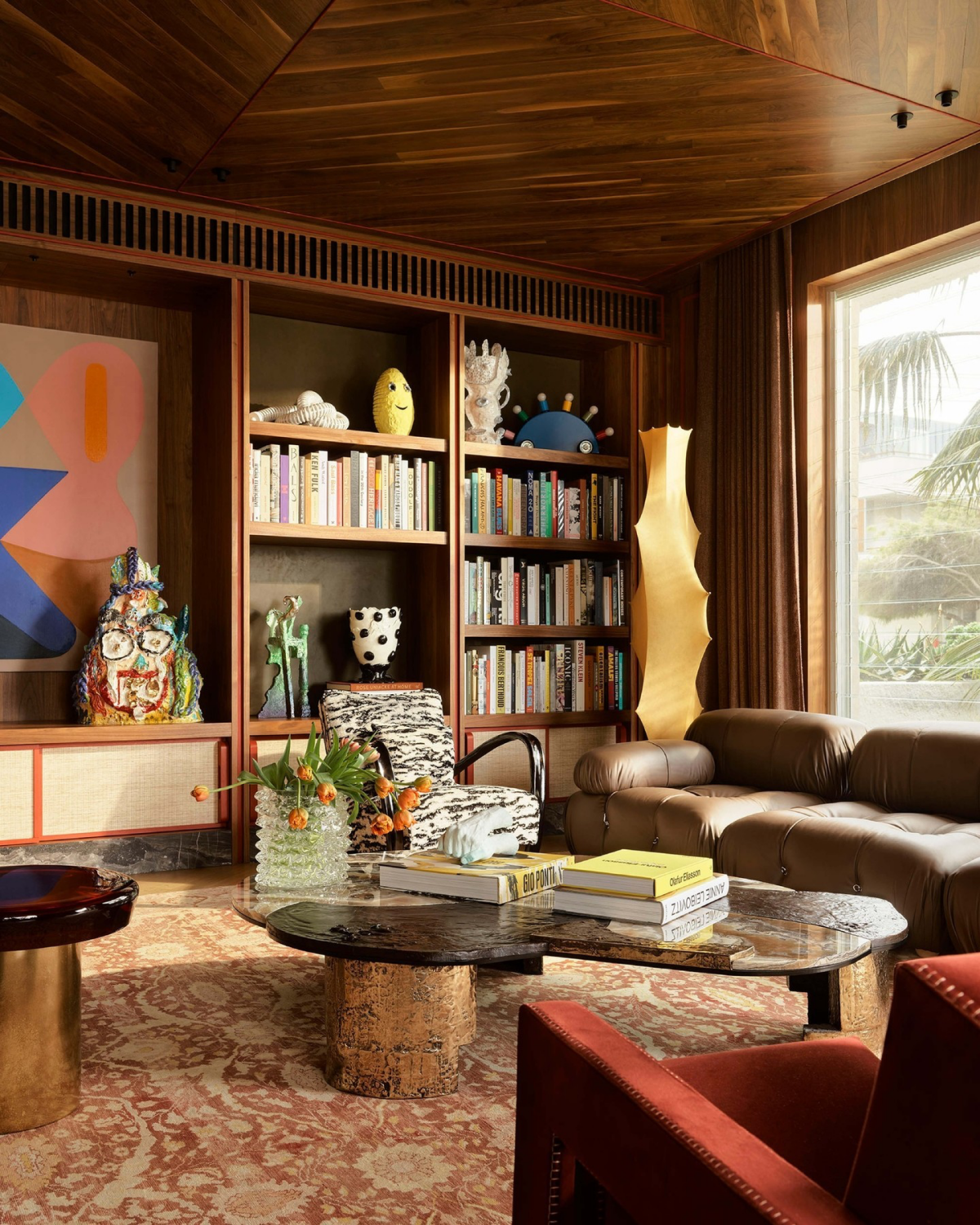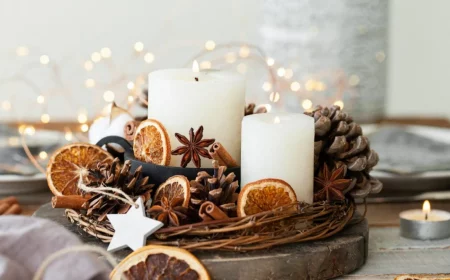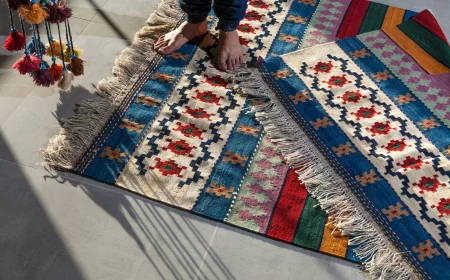How To Use Books As Decoration, According To Interior Designers
One of my greatest passions in life is books. I’ve been an avid reader since my teenage years. I’ve devoured pages filled with adventures, wisdom, and endless realms of fiction and non-fiction. However, as the years have gone by, my collection has grown exponentially. This leaves me with the pleasant dilemma of incorporating these treasured volumes into my living space. No longer satisfied with mere piles and overflowing shelves, I’ve embarked on a journey to transform these literary companions into key elements of home décor. With insights from esteemed interior designers like Lucy Doswell, Mallory Mathison Glenn and Simon Temprell, I’ve discovered the incredible potential of books as decorative elements that add both personality and charm to any room. And I’m here to share with you everything you need to know about using books as decoration.
Every bookshelf narrates a personal tale
How To Use Books as Decoration
Transforming your living spaces with books isn’t just about showcasing your literary collection. It’s a design tactic endorsed by interior designers for adding warmth, personality, and texture to your home. Today we will draw upon the expertise of designers like Lucy Doswell, owner and principal designer for Lucy Doswell Interiors and Mallory Mathison Glenn, principal designer for Mallory Mathison Inc., and Simon Temprell, interior design manager at Neptune. This guide delves into sophisticated ways to incorporate books into your décor, seamlessly blending aesthetics with personal significance.
Turn your home into a storybook, where every shelf tells a tale
Leverage existing collections
Start by assessing the books you already own, as suggested by Lucy Doswell for Southern Living. This foundational step allows you to weave your unique narrative into the space, leveraging the intrinsic value of books you’ve collected over time. Their presence in your decor becomes a direct reflection of your journey and interests, providing not just aesthetic appeal but a story in each spine.
Your shelves, your memoirs
Curate with intention
Mallory Mathison Glenn emphasizes the significance of selecting books that resonate on a personal or stylistic level. This intentional curation ensures your spaces are not only visually appealing but also deeply meaningful, creating an environment that truly feels like home. Books chosen with care add depth and intention to your decor, speaking volumes about your personality and taste.
Each book, a deliberate character in your home’s narrative
Color coordinate
Temprell’s expertise extends to the thoughtful integration of books within the broader context of room design. He proposed to Homes and Gardens that books can play a crucial role in enhancing the aesthetic and thematic coherence of a space. By carefully selecting books that complement the room’s color scheme and decor style, you can create a harmonious environment where books act as both functional items and decorative accents, contributing to the overall ambiance of the room.
Shelves bloom in color, painting stories in hues
Embrace vintage charm
Vintage books introduce a layer of character and depth that new books alone might not achieve. Integrating antique or vintage finds into your shelves adds a narrative of history and richness, enriching the space with stories beyond their pages, and offering a tangible connection to the past.
Each old book whispers tales from the past
Using coffee table books as focal points
Both Doswell and Mathison Glenn recognize the unique role of coffee table books in engaging guests and adding a decorative layer to living spaces. Selecting these books for their visual appeal and content invites conversation and interest, making them functional decor items that entertain as well as embellish.
Coffee tables: The conversation starters, page by page
Integrate artwork and books together
A key aspect of Temprell’s philosophy is the seamless blending of books with artwork and other decorative objects to achieve a balanced and cohesive look. He sees the potential for books to serve as a backdrop or complement to art pieces, enhancing the visual appeal of the space while also making it feel lived-in and personal. This integrated approach to decorating with books and art underscores the potential for creative expression in curating your living spaces.
Mixing prose with pictures for a gallery of thoughts
Showcase cookbooks creatively
Highlighting the functional beauty of cookbooks, especially in the kitchen, is a tip from Doswell that combines decor with utility. Displaying these books not only decorates the space but also inspires culinary exploration.
Kitchens become tasteful tales with cookbook displays
Construct a personal library
Mallory Mathison Glenn views the creation of a home library as an opportunity to display a collection that doubles as both a functional reading space and a decorative element, emphasizing the dual purpose of books in home design.
Craft a haven of words, a sanctuary of pages
How To Maintain and Organize Your Books as Decor
Incorporating books into your home décor goes beyond mere aesthetics. It’s about creating spaces that reflect your identity, interests, and the stories that have shaped you.
Keep your story polished, organized, and ever-engaging
Diligent care
The longevity and visual appeal of your books heavily rely on regular maintenance. Dust accumulation not only detracts from the beauty of your display but can also damage your books over time. Weekly dusting with a soft cloth or a microfiber duster can prevent buildup and keep your books looking pristine. Handling your books with care, especially when removing them from shelves or rearranging your displays, preserves their structure and appearance. It’s also wise to keep books away from direct sunlight and moisture sources to prevent fading and warping.
Cherish each volume like a leaf in your story
Keep it fresh
Introducing variety into your book displays can rejuvenate your space and reflect evolving interests or seasonal changes. Rotating your books periodically not only gives you the chance to rediscover and display different titles but also keeps the decor relevant and engaging. Consider showcasing books with seasonal themes or colors that complement the time of year, or rotating your favorites to the forefront to spark conversations with guests. This practice not only makes the space feel dynamic but also encourages you to interact more with your collection.
Rotate tales with the seasons for a living narrative
Smart organization
An organized book collection can significantly enhance the functionality and aesthetic of your space. Sorting books by theme allows for easy navigation and creates a visually cohesive display. For example, grouping travel books, cookbooks, or literary genres together can make finding a specific title more intuitive. Color coding your books can transform your shelves into a striking visual feature, adding a pop of color and interest to the room. Organizing by author or series makes sense for extensive collections, ensuring that related works are kept together. Beyond aesthetics, functional organization like this can make your collection more accessible and enjoyable to use.
Plot your collection for easy browsing and visual delight
As my journey with decorating with books continues, I’ve found that these literary objects are much more than just reading material. They’re an intrinsic part of my home’s identity. Whether you’re a voracious reader like me or someone looking to add a personal touch to your living space, I encourage you to view your books in a new light. Let them tell their stories not only through their words but through their presence in your home. After all, a book’s journey doesn’t end on the last page—it begins anew on your shelf, table, or wall, adding character, warmth, and a piece of you to your living space.
Each book turns your space into a story
FAQs
Why are books a good decoration?
Books are an exceptional decoration because they offer both aesthetic appeal and a reflection of personal interests. They can introduce color, variety, and an element of sophistication to any room. The spines and covers of books provide visual interest. When thoughtfully arranged, they can transform a bland shelf or coffee table into a captivating display. Moreover, books can instill a sense of comfort and invite conversation among guests, making your living space more welcoming and engaging.
What kind of books to use for decor?
- Coffee Table Books: Large, visually appealing books with lots of photographs or illustrations work well on coffee tables or as focal points in living areas.
- Vintage or Antique Books: These can add character and a sense of history to your decor, ideal for creating a sophisticated or eclectic ambiance.
- Color-Coordinated Books: Books with spines that match your room’s color scheme can unify a space aesthetically.
- Hardcovers and Art Books: These often come with beautiful, textured covers and can stand alone as decorative pieces or be stacked to add height to other decor items.
Can you put books in the bedroom?
Absolutely, placing books in the bedroom can create a cozy and intimate environment, encouraging relaxation and reading before sleep. A well-styled bookshelf or a few carefully chosen books on a nightstand can add to the room’s decor while keeping your favorite reads within arm’s reach.
Do books make a room dusty?
Books can accumulate dust over time, like any other object in a room. However, regular dusting and maintenance can easily manage this issue without letting it detract from the beauty and ambiance books add to a space.
Are books good feng shui?
In Feng Shui, books are considered to be powerful sources of energy and wisdom. They can enhance the energy of a space when placed thoughtfully. However, it’s advised to avoid storing books in your bedroom in Feng Shui practice, as they are thought to bring active energy that can disrupt rest. Instead, living areas, studies, and home offices are considered ideal places for book decor in Feng Shui.
Is it OK to store books on floor?
While it’s not ideal to store books directly on the floor due to potential damage from foot traffic, dust, and moisture, placing books thoughtfully on the floor as part of a temporary display or in a low shelf or crate can be acceptable. Ensure they are organized and that the area is kept clean to protect the books. For long-term storage, however, elevating books on shelves or other furniture is recommended to preserve their condition.
Books transform spaces
